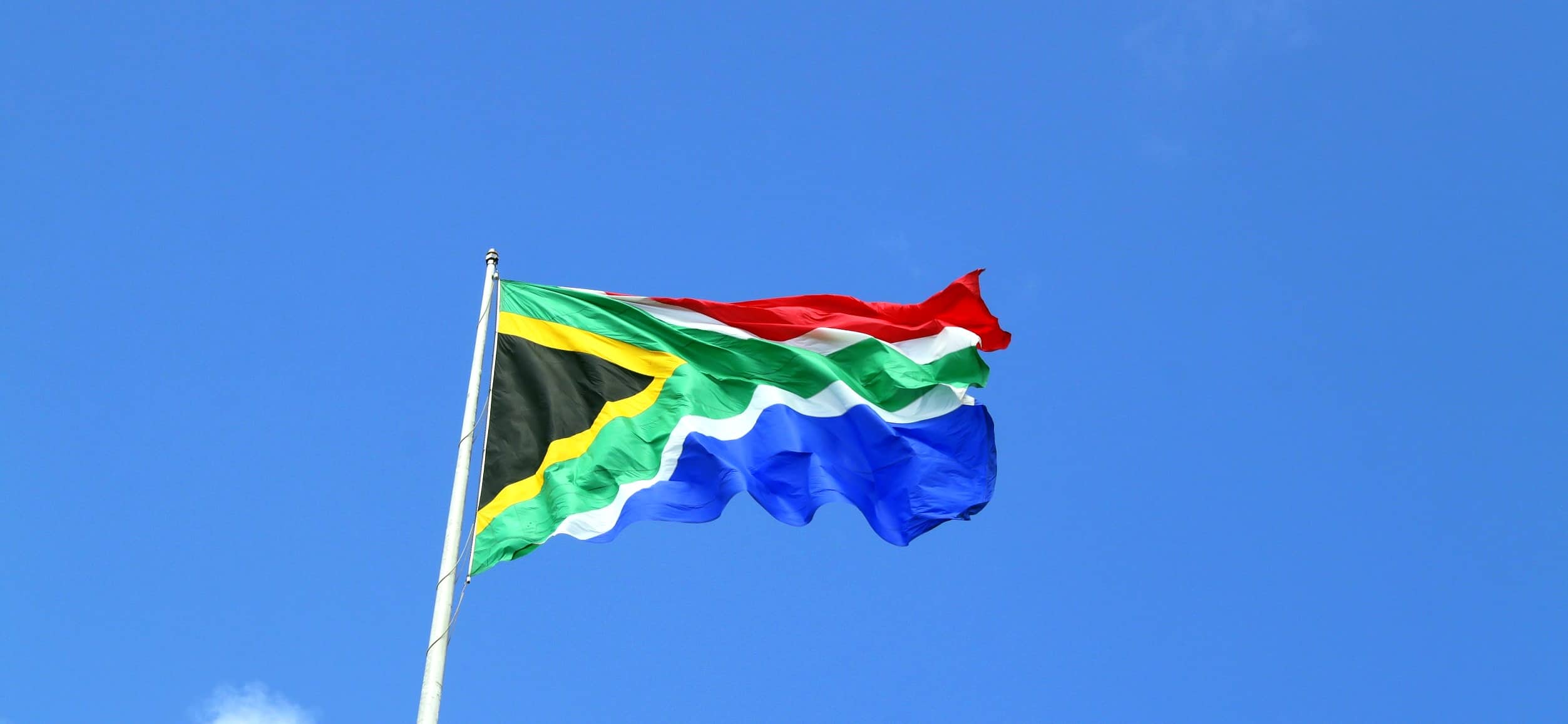South Africa has struggled for 350 years in order to gain equality and justice for all of its diverse people. It has been a battle like no other: filled with victories and defeats and documented in the bloodstained annals of history. There are a number of fascinating sites in South Africa that mark one of the longest struggles in history. These sites remind us never give up the struggle for peace.
The Apartheid Museum, Johannesburg
 creativecommons.org/Nagurjun Kandukuru
creativecommons.org/Nagurjun Kandukuru
The Apartheid museum displays the grim history of apartheid, the system of racial segregation enacted in 1948 when the white minority National party was voted into power. Apartheid was synonymous with South Africa until 1994 when the first fully democratic elections were held.
Visitors get a sense of what it is like to live in a racially segregated society right from the entrance, which is labeled ‘White’ and ‘Non-white’. Though which entrance you go in is determined not by the colour of your skin, but what ticket you are issued. Out of the 22 exhibits on display, the most popular is the Mandela exhibit. Nelson Mandela is considered a humanitarian icon because of his efforts to lead South Africa out of Apartheid and into a new era of democracy.
The Trevor Huddleston CR Memorial Centre, Sophiatown, Johannesburg
During the years that followed World War II, Sophiatown became the centre of an overwhelming culture boom – a place where writers, musicians and artists thrived.
Into this eclectic community came a priest by the name of Trevor Huddleston. When apartheid took hold and Sophiatown was to be cleared of all black residents, Huddleston staunchly opposed this. His efforts won over the community, but eventually he was called back to England and the battle was lost at Sophiatown. The town was remodeled into a community for working class whites.
More than 20 years later, Huddleton became president of the Anti-Apartheid Movement. He passed away in 1998, but the people of Sophiatown and South Africa have not forgotten. The Trevor Huddleston CR Memorial Centre honours his efforts.
KwaZulu-Natal Freedom Route
The KwaZulu-Natal Freedom Route runs through the cities of Durban and Pietermarizburg. The path is lined with statues and plaques commemorating the struggle of anti-apartheid activists, and guides visitors to the museums, homes and hideouts that document their journey.
Among one of the many museums on this route is the KwaMuhle Museum in Durban that showcases the lives of South Africans who worked in the city during the time of strict labour regulations and segregated housing policies.
For a more gruesome view of history, the old prison in Pietermaritzburg has been turned into a museum that houses gallows, the execution block and the prison cells that once held some of the most prominent figures in South African history.
Kliptown Open Air Museum, Johannesburg
This open air museum tells the tale of the Freedom Charter. During apartheid, educated black youths encountered white oppression when they advocated passive resistance. The progressive movements throughout South Africa decided that in order to have a clear future for the country, a charter should be drawn up to ensure a democratic future.
Thousands of these delegates met in a dusty field in Kliptown on June 25 and 26 of 1955. The area of Kliptown was chosen because it was a multiracial free zone that served as a buffer between Soweto and Johannesburg. The area has since become derelict, save for this museum documenting a period in history in which rebels created a clear path for their future.
Chancellor House, Johannesburg
Chancellor House is where the attorney company of Mandela and Tambo once thrived. While the law firm of Mandela and Tambo was a legal practice, it was a risk for the owners of the building to rent the property to two black men during apartheid. Regardless of the risk, Nelson Mandela and Oliver Tambo thrived in their practice as they tried to help others who were accused of crimes against the state. Chancellor House was derelict until 2010, when it was restored and opened as a museum.
The Hector Peterson Museum
Shortly after the National Party took power, it enacted the ‘Bantu Education’, a policy that essentially meant substandard education for blacks. What made much of Bantu Education substandard was that almost half the curriculum was to be taught in Afrikaans. However, blacks began flocking to schools – not for education – but to share their ideas of liberation.
The black scholars marched on Orlando Stadium to protest the use of Afrikaans. A young schoolboy by the name of Hector Peterson joined the group, but after a standoff with the police, he was shot dead. This unleashed the Soweto Uprising, which effectively killed apartheid.
Now young Hector Peterson is immortalized in the Hector Peterson Museum. Inside the museum is a garden that features the names of all those who lost their lives in the Soweto uprising.
Constitution Hill, Johannesburg
 creativecommons.org/Jota_BRAZIL
creativecommons.org/Jota_BRAZIL
Constitution Hill essentially combines all the history commemorated by the sites mentioned above into one large heritage tourist attraction. Constitution Hill celebrates that cultural, historical, artistic and educational spaces found throughout South Africa.
However, most importantly of all, the site celebrates South Africa’s ability to negotiate peace and democracy and move on from its oppressive past.


